A guest article by Christian Boulton from Nights In The Past.
There’s been something of a second ‘Golden Age’ for the Tudors over recent years. Both on television and the big screen, actors such as Jonathan Rhys Meyers and Cate Blanchett have brought both the tyranny and magnanimity of England’s most famous historical dynasty to a new generation.
Unsurprisingly, the castles and country houses associated with them are as popular with tourists as they have ever been. Whether it’s Hever Castle (the ancestral home of the Boleyn’s); Westminster Abbey (the resting place of Elizabeth I); or Hampton Court Palace (once the property of Cardinal Wolsey), you will be sure to hear the accents of both British and international visitors alike.
However, while these and other heritage attractions such as the Tower of London allow one to get close to the 16th century by day, there’s also an equally history-rich way of doing so after dark. Indeed, scattered throughout the country there are numerous buildings with associations to the Tudors that today operate as luxury hotels, bed & breakfasts or traditional inns.
Perhaps the most notable of these are Thornbury Castle (near Bristol) and Littlecote House in Berkshire. The former is undeniably one of the finest fortified houses of the period in England, and was once the home of Edward Stafford, Duke of Buckingham – the man executed for treason having allegedly coveted the throne. It was here that Henry VIII spent ten days with Anne Boleyn in 1533, and where Mary Tudor would stay on occasions as a princess. Littlecote, near Hungerford, is also synonymous with Henry’s affairs of the heart, having been the scene of his courting of Jane Seymour in 1535. Moreover, the nearby 13th century Bear Hotel was formerly the property of the King and later his “surviving” wives Anne of Cleves and Katherine Parr.
Naturally, though, there are a fair few more places associated with Elizabeth I whose reign spanned from 1558 to 1603, not least because she was noted for her extensive travels throughout the realm. In fact, in some places it is possible to stay in the very rooms rumoured to have once been used by Good Queen Bess on her countless journeys.
The Maid’s Head in Norwich is one such hotel, and features a suite bearing her name where she is reputed to have rested during a visit to the Norfolk town in 1587. Similarly, Fawsley Hall in Northamptonshire features the 1575 Suite (the ‘Queenes Chamber’) in which England’s greatest monarch slept on her last visit to the house.
Other inns associated with the Virgin Queen include the Spread Eagle in Midhurst, West Sussex; The Swan at Alton in Hampshire; and Boringdon Hall near Plymouth, Devon. And there are many more all across England who claim some connection with Elizabeth, most of which are off the beaten track and situated in England’s smaller towns and villages.
Of course, the XVI century featured more iconic figures than just Henry VIII and his daughters. Stay at Butley Priory in Suffolk and you’ll be where Charles Brandon and Mary Tudor stayed in 1527. Then there’s the Catherine of Aragon suite in Shrewsbury, Shropshire, whose connections to Henry’s first wife are obvious. Or you could always stay at the Old Hall in Buxton, Derbyshire, where Mary Queen of Scots spent time under house arrest.
Finally, a word of guidance for international travellers to the UK for whom heritage is the main reason for their visit. While many will consider staying only in London, the vast majority of Britain’s heritage lies outside the capital. Indeed, there are few places to stay in or immediately around the city whose origins are any earlier than 18th century – Great Fosters, near Heathrow Airport is a very notable exception.
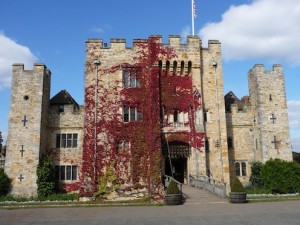
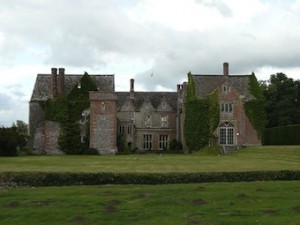

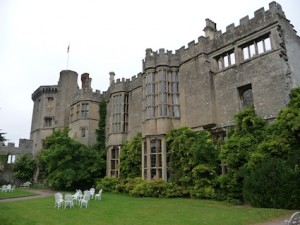
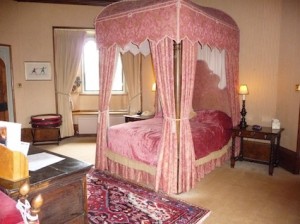







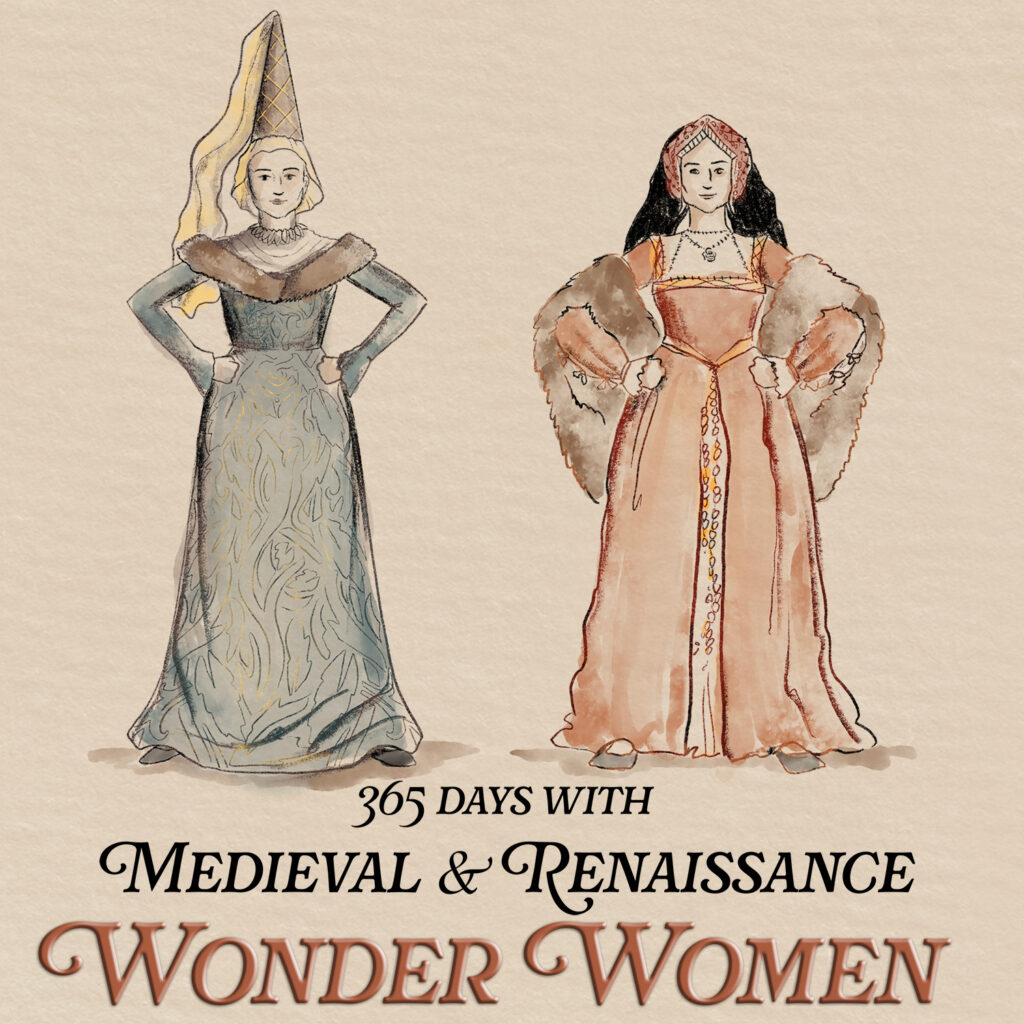

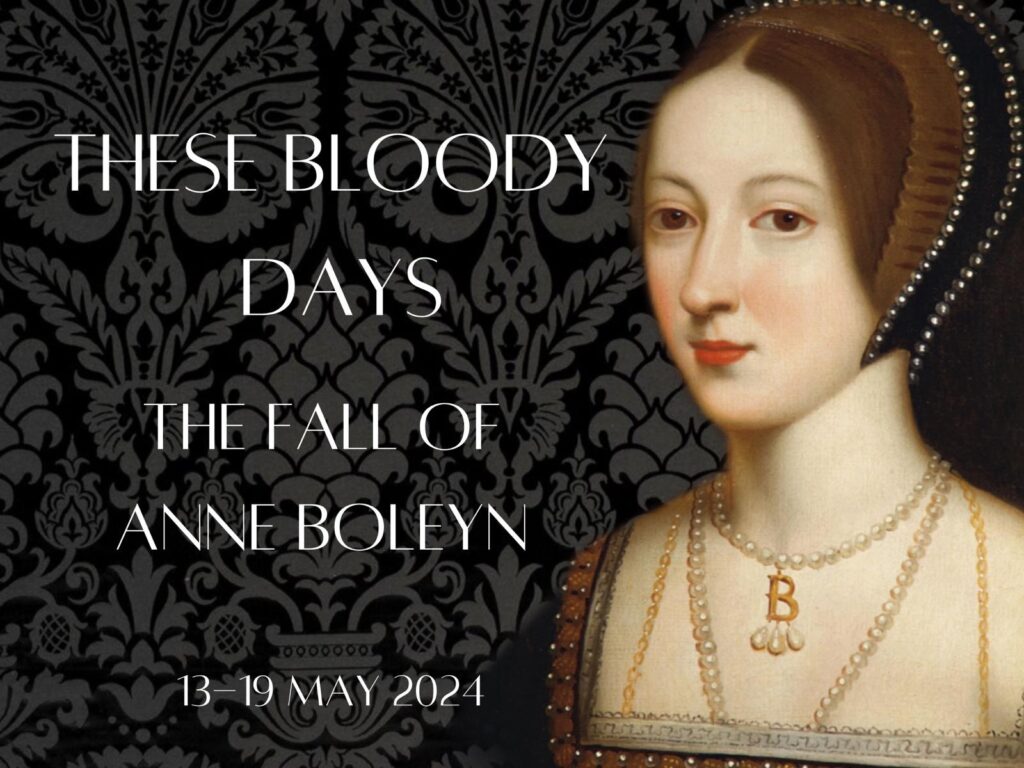
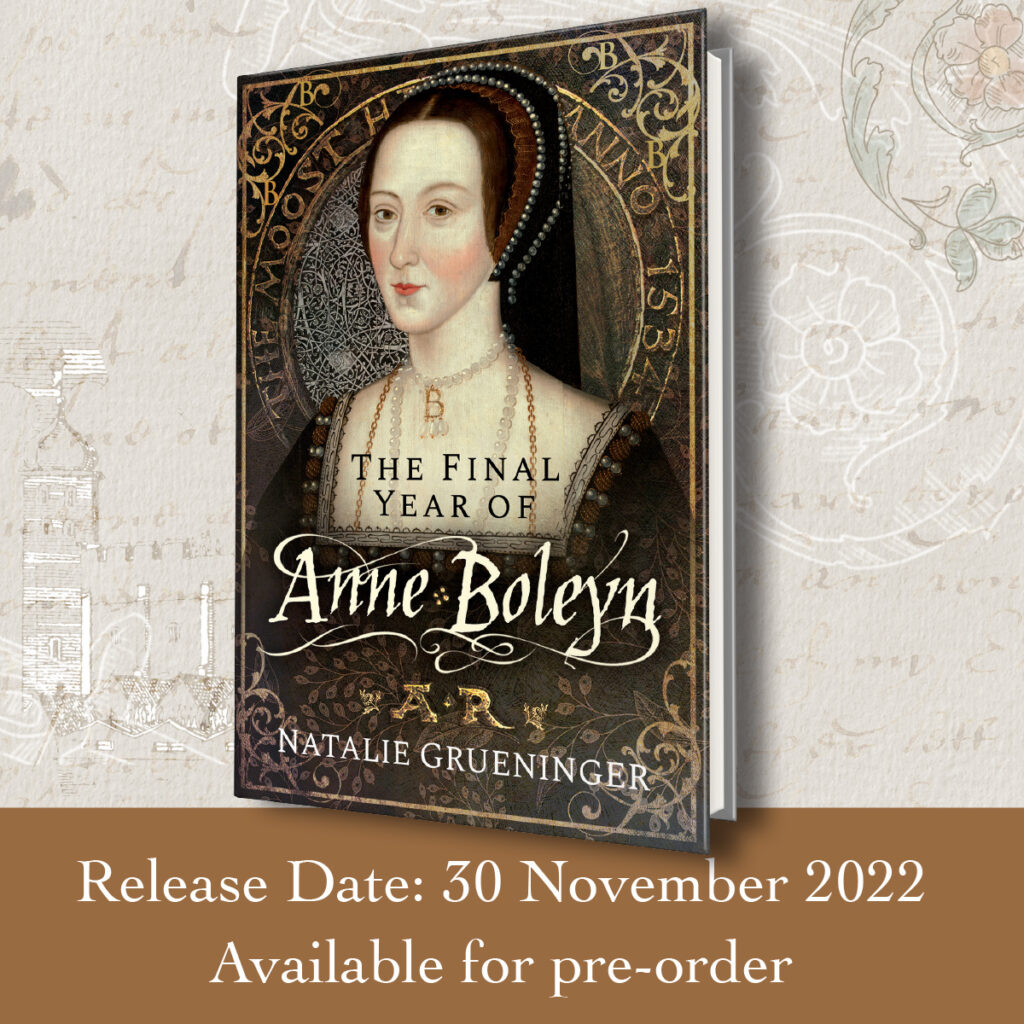
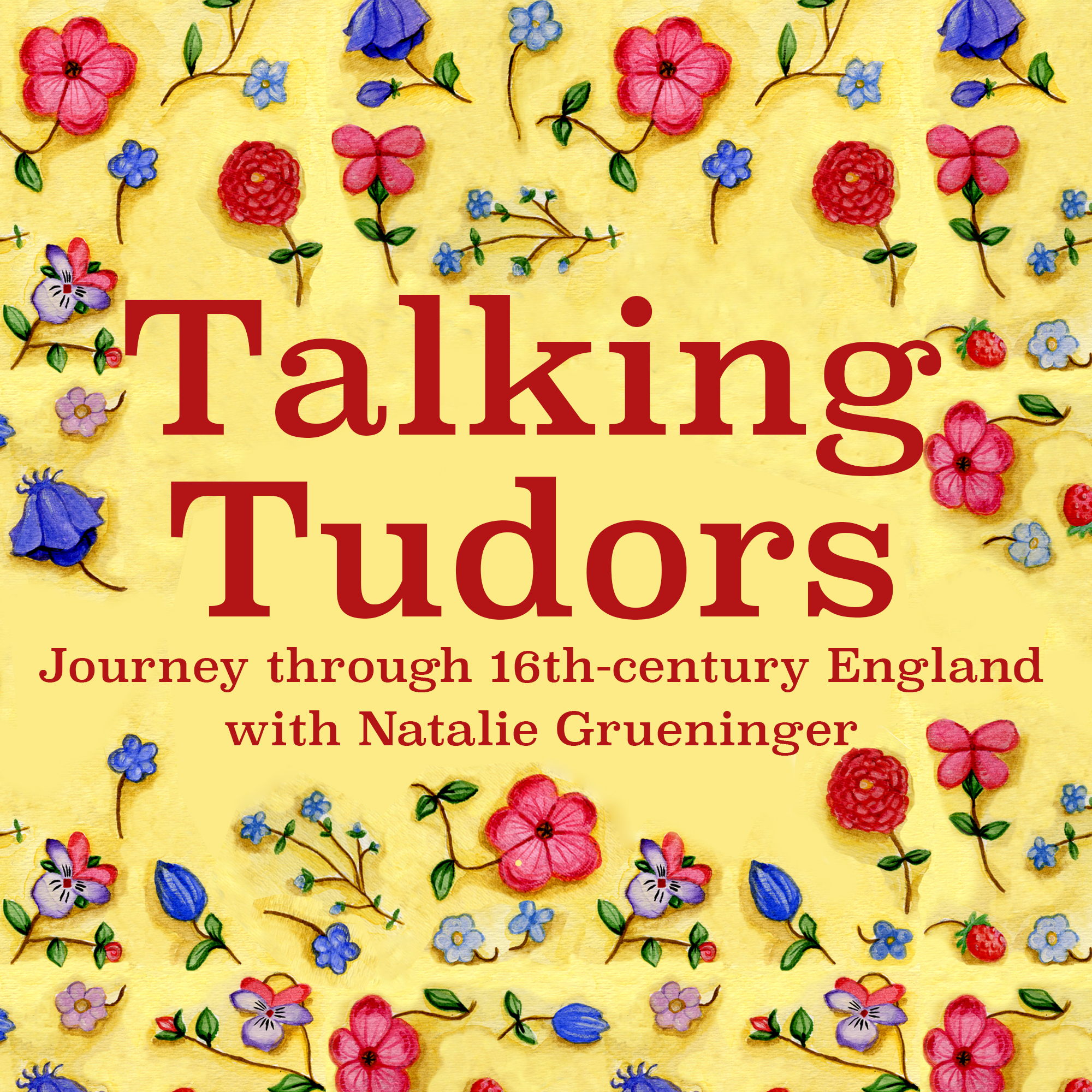

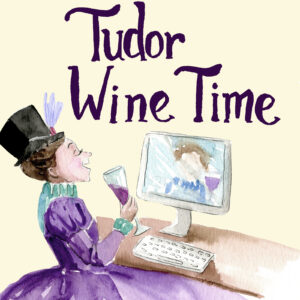


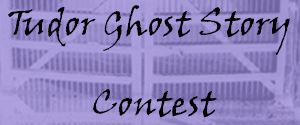

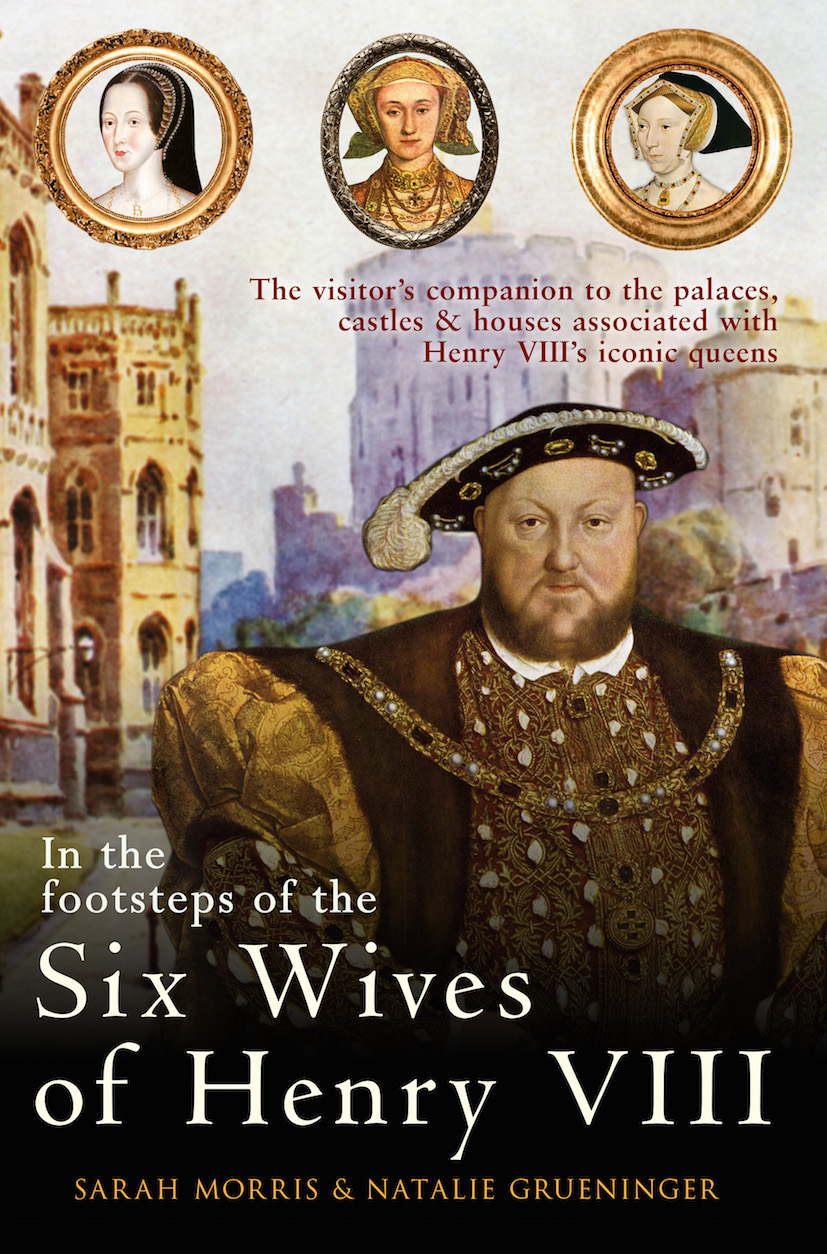
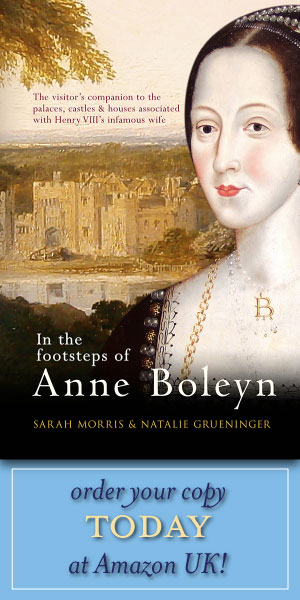


Leave a Comment